Home>Articles>Should Gutters Be Removed When Replacing A Roof
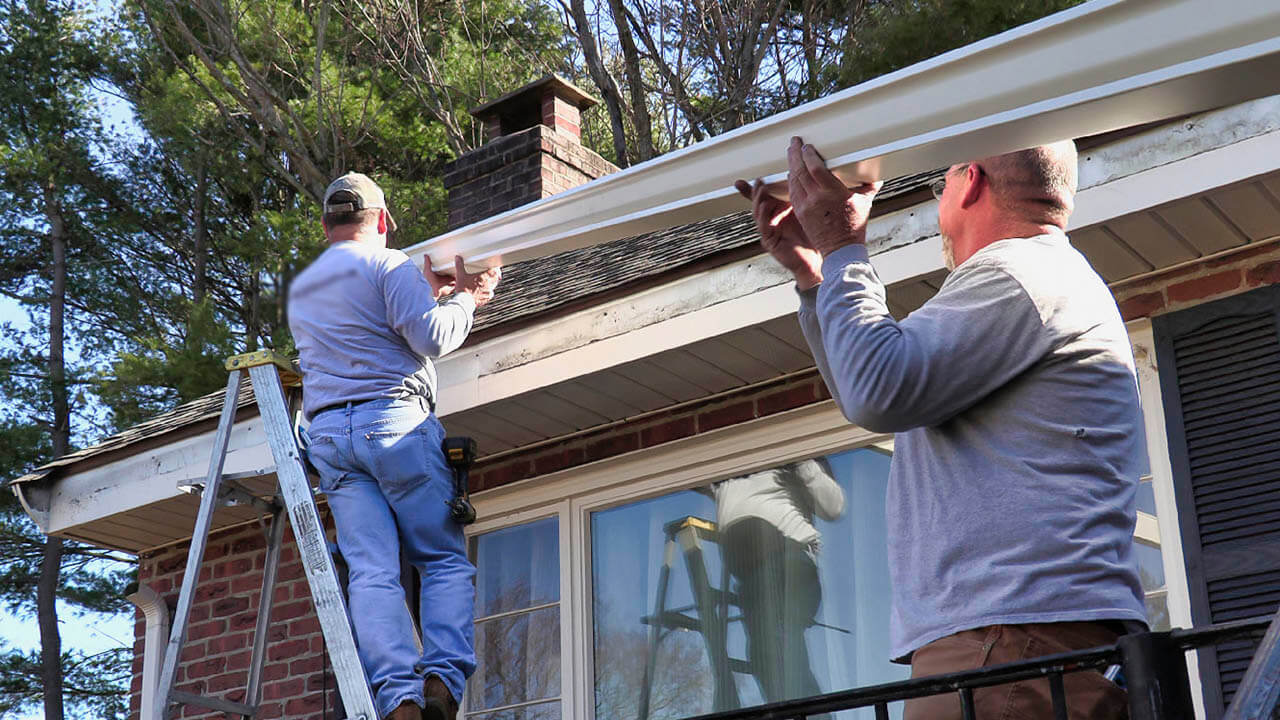

Articles
Should Gutters Be Removed When Replacing A Roof
Modified: January 8, 2024
Learn about the importance of removing gutters when replacing a roof and how it affects the overall roofing process. Read more in our informative articles.
(Many of the links in this article redirect to a specific reviewed product. Your purchase of these products through affiliate links helps to generate commission for Storables.com, at no extra cost. Learn more)
Introduction
Replacing a roof is a significant home improvement project that requires careful consideration and planning. While most homeowners focus on selecting the right roofing materials and finding a reliable contractor, one aspect that often gets overlooked is the decision of whether or not to remove the existing gutters during the roof replacement process.
Gutters play a crucial role in protecting a home’s foundation, preventing water damage, and maintaining the overall structural integrity of the property. However, there are valid arguments both for and against removing gutters during a roof replacement. In this article, we will explore the importance of gutters, discuss the process of roof replacement, and weigh the benefits and drawbacks of removing gutters during this process.
Whether or not to remove gutters when replacing a roof largely depends on various factors, including the age and condition of the existing gutters, the roofing contractor’s recommendations, and the homeowner’s objectives. By understanding the implications of this decision, homeowners can make an informed choice that is best suited to their specific needs and circumstances.
So, if you find yourself on the fence about whether or not to remove your gutters during a roof replacement, keep reading to discover the pros and cons of this approach and gain valuable insights to assist you in making the right decision for your home.
Key Takeaways:
- When replacing a roof, consider the age and condition of your gutters, climate, landscaping, and foundation vulnerability to make an informed decision on whether to remove them. Balance functionality, protection, and aesthetics for the best outcome.
- Removing gutters during a roof replacement can offer cost savings, improved aesthetics, and simplified installation, but it may lead to water damage, soil erosion, and other drawbacks. Consult with experts to evaluate your specific needs and circumstances.
Read more: How Far Should Gutters Extend Past The Roof
Importance of Gutters
Gutters may seem like a small and insignificant component of a home, but their role in protecting the property should not be underestimated. Here are some key reasons why gutters are important:
1. Water Management: Gutters are designed to collect rainwater that falls on the roof and guide it away from the house. Without gutters, rainwater can flow directly off the roof and pool around the foundation, leading to water damage, erosion, and potential structural issues over time.
2. Foundation Protection: One of the primary functions of gutters is to direct water away from the foundation of the house. When rainwater is allowed to accumulate around the foundation, it can seep into the soil and cause the foundation to become weak or crack. This can lead to costly repairs and compromises the stability of the entire structure.
3. Prevents Basement Flooding: Gutters that are properly installed and functioning effectively help prevent water from overflowing and seeping into the basement. By redirecting water away from the house, gutters contribute to maintaining a dry and usable basement space.
4. Landscape Preservation: Without gutters, rainwater falling from the roof can erode the soil and damage landscaping features around the house. This erosion can result in the loss of topsoil, the uprooting of plants and trees, and the creation of unsightly and potentially hazardous gullies.
5. Protects Siding and Exterior: Gutters play a vital role in preserving the exterior of a home. They prevent water from continuously dripping down the siding, which can lead to rotting, mold growth, and other types of damage. Gutters also help prevent paint and stain deterioration, keeping the home’s exterior looking fresh and well-maintained.
6. Pest Control: Gutters can help discourage pests, such as mosquitoes and other insects, from breeding and nesting around the house. Standing water in clogged gutters can attract pests, so it is important to keep gutters clear to prevent these issues.
In summary, gutters are not just aesthetic additions to a home but integral components that serve to protect the property, foundation, and landscape from water damage. It is essential to consider these important functions when making decisions regarding the removal or retention of gutters during a roof replacement.
The Roof Replacement Process
The process of replacing a roof involves several steps to ensure a successful and durable result. Here are the key stages of a typical roof replacement:
1. Inspection and Evaluation: Before starting the roof replacement project, a professional roofing contractor will conduct a thorough inspection of the existing roof. This evaluation helps identify any underlying issues, such as leaks, damaged shingles, or rotting wood, which may need to be addressed during the replacement process. It also allows for accurate cost estimates and material calculations.
2. Material Selection: Once the inspection is complete, the homeowner, in consultation with the roofing contractor, selects the appropriate roofing materials for the replacement. Factors to consider include durability, weather resistance, energy-efficiency, and aesthetic appeal.
3. Removal of Old Roof: The next step is to remove the old roof. This involves stripping away the existing shingles, underlayment, and any damaged or deteriorated sections of the roof. It is crucial to perform this step carefully to avoid causing further damage to the underlying structure.
4. Repairing and Preparing the Substrate: After the old roof is removed, any damaged or rotted sections of the roof substrate are repaired or replaced. This step ensures a solid foundation for the installation of the new roof materials.
5. Installation of Underlayment and Flashing: The roof replacement process includes the installation of a new underlayment, which acts as an additional layer of protection against moisture. Properly installed flashing is also crucial to prevent water penetration at vulnerable areas such as chimneys, vents, and skylights.
6. Shingle Installation: The new shingles are laid down according to the manufacturer’s instructions and industry best practices. Care is taken to ensure proper alignment and overlapping to create a watertight barrier.
7. Ventilation and Insulation Improvements: A roof replacement is an ideal opportunity to enhance attic ventilation and insulation. This helps regulate temperature and humidity, improve energy efficiency, and prolong the life of the new roof.
8. Gutters and Downspouts: At this stage, the question arises whether to remove or keep the existing gutters. The decision depends on several factors, which we will explore in the next sections.
9. Cleanup and Final Inspection: Once the roof replacement is complete, the roofing contractor thoroughly cleans up the work area, including removing debris and excess materials. A final inspection is conducted to ensure the roof replacement meets quality standards and is ready for long-term performance.
By understanding these essential steps in the roof replacement process, homeowners can make informed decisions about gutters and ensure a successful and efficient roof replacement project.
Benefits of Removing Gutters
While gutters are an essential component of a home’s water management system, there are situations where removing them during a roof replacement may offer certain benefits. Here are some advantages of removing gutters:
1. Cost Savings: Removing gutters can help reduce the overall cost of the roof replacement project. Homeowners can save money on labor and materials by eliminating the need to reinstall or replace gutters that may be old, damaged, or no longer functioning properly.
2. Enhanced Roof Aesthetics: By removing gutters, the roof’s architectural design and features can be more prominently showcased. This can enhance the overall curb appeal of the home and provide a cleaner and more modern look.
3. Reduced Maintenance: Gutters require regular maintenance to ensure they are clear of debris and functioning effectively. By removing gutters altogether, homeowners eliminate the need for gutter cleaning, reducing time, effort, and potential risks associated with maintenance tasks.
4. Simplified Roof Installation: During a roof replacement, removing gutters can streamline the installation process. With the absence of gutters, contractors have better access to the roof perimeter, making it easier to ensure a tight and secure installation of roofing materials.
5. Increased Roof Longevity: Gutters, when not properly maintained, can contribute to water infiltration and damage. By removing gutters, the risk of clogs and overflowing water is eliminated, potentially extending the lifespan of the roof by preventing moisture-related issues.
6. Improved Water Management Solutions: In some cases, removing gutters presents an opportunity to implement alternative water management solutions. For instance, homeowners can opt for a rainwater collection system or strategically placed rain chains to guide water away from the foundation.
7. Prevents Ice Dams: In regions that experience freezing temperatures, gutters can contribute to the formation of ice dams. Removing gutters eliminates this risk, as water can flow freely off the roof without being trapped by gutter systems.
It is important to note that the decision to remove gutters should be made after considering the unique characteristics of the home, climate factors, and personal preferences. Consulting with a professional roofing contractor can help assess whether removing gutters is a suitable option for your specific circumstances.
While there are benefits to removing gutters, it is essential to also consider the drawbacks and potential implications associated with this decision. We will explore these aspects in the next section.
It is not necessary to remove gutters when replacing a roof, but it can make the process easier and ensure a proper installation. Discuss with your roofing contractor to determine the best course of action for your specific situation.
Drawbacks of Removing Gutters
While there are certain benefits to removing gutters during a roof replacement, it is important to consider the potential drawbacks and implications. Here are some drawbacks of removing gutters:
1. Water Damage Risk: Without gutters, rainwater can flow directly off the roof and accumulate around the foundation of the house. This can lead to water damage, erosion, and potential structural issues over time. The absence of gutters puts the foundation at a higher risk of damage, which can be costly to repair.
2. Landscape and Soil Erosion: Gutters play a crucial role in directing water away from the house and protecting the landscaping around the property. Without gutters, rainwater can cause soil erosion, uproot plants and trees, and create gullies, which can detract from the aesthetics of the home and potentially cause damage to the landscape.
3. Basement Flooding: Gutters that are functioning properly help prevent water from overflowing and seeping into the basement. Without gutters, rainwater can collect near the foundation and increase the risk of basement flooding, leading to water damage and potential mold issues.
4. Siding and Exterior Damage: Gutters help prevent water from continuously dripping down the siding, which can cause rot, mold growth, and other types of damage. The absence of gutters can lead to degradation of the siding and exterior finishes, requiring more frequent maintenance and potential repairs.
5. Pests and Mosquito Infestation: Standing water in clogged gutters can attract pests, such as mosquitoes and other insects. Without gutters, the risk of pest infestation may increase, leading to potential health and hygiene issues.
6. Limited Water Management Options: Removing gutters eliminates the controlled path for rainwater runoff and limits the options for managing water around the property. Alternative solutions, such as rainwater collection systems or additional grading and drainage work, may need to be implemented to compensate for the absence of gutters.
7. Limitations during Heavy Rainfall: During heavy rainfall, the absence of gutters can result in a high volume of water flowing directly off the roof, potentially causing erosion around the foundation and flooding in certain areas.
Before deciding to remove gutters during a roof replacement, homeowners should carefully weigh the drawbacks and potential consequences. Consider consulting with a professional roofing contractor or a water management specialist to assess the specific risks and explore alternatives to mitigate the negative effects associated with removing gutters.
Ultimately, it is important to strike a balance between the benefits and drawbacks and choose the solution that best suits the specific needs and circumstances of your home.
Read more: When To Replace Roof Decking
Factors to Consider
When deciding whether to remove gutters during a roof replacement, several factors need to be taken into consideration. These factors can help homeowners make an informed decision that aligns with their specific needs and circumstances. Here are some key factors to consider:
1. Age and Condition of Gutters: The age and condition of the existing gutters play a significant role in the decision-making process. If the gutters are old, damaged, or in poor condition, removing them might be the preferred option to avoid ongoing maintenance and potential water damage issues.
2. Roofing Contractor Recommendations: Consulting with a professional roofing contractor is crucial in determining whether gutters should be removed during a roof replacement. Contractors with experience and expertise can assess the specific requirements of the project and provide recommendations based on the unique characteristics of the home.
3. Climate and Rainfall Patterns: Understanding the climate and rainfall patterns in your area is essential in determining the necessity of gutters. Areas with heavy rainfall or prone to storms may benefit from the water management capabilities that gutters provide, reducing the risk of water damage.
4. Landscaping Considerations: Consider the impact on the landscaping surrounding your home. Removing gutters may lead to soil erosion and potential damage to plants and trees. If your landscaping is a vital aspect of your property, retaining gutters may be the preferred choice to protect and preserve the landscape.
5. Foundation Vulnerability: Evaluate the vulnerability of your home’s foundation to water damage. If the foundation is susceptible or if you have experienced issues in the past, it would be advisable to retain gutters to direct water away from the foundation and prevent potential damage.
6. Aesthetic Preferences: Consider the visual impact of removing gutters. While it can create a sleek and modern look, it may not be preferred if it significantly alters the architectural style or character of your home. Balance functionality and aesthetics to choose the best option for your property.
7. Cost Considerations: Removal and replacement of gutters can have associated costs. Consider your budget and factor in the expenses of removing and potentially replacing gutters if necessary. The cost savings from not installing or maintaining gutters should also be considered.
8. Future Plans: Take into account any future plans for your property. If you foresee significant renovations, additions, or landscape changes that may affect the current gutter system, it might be more practical to remove the gutters now and adapt the water management system in the future.
Considering these factors will help homeowners make an informed decision about whether to remove or retain gutters during a roof replacement. It is advisable to gather expert opinions and explore the potential long-term implications to ensure the best outcome for the home’s protection and aesthetics.
Conclusion
The decision of whether to remove gutters during a roof replacement is an important one that requires careful consideration. Gutters play a vital role in managing rainwater, protecting the foundation, and preserving the overall integrity of a home. However, there are circumstances where removing gutters may offer specific benefits.
Before making a decision, homeowners should assess the age and condition of their gutters, consult with a professional roofing contractor, and consider factors such as climate, landscaping, foundation vulnerability, aesthetic preferences, cost considerations, and future plans for the property.
While removing gutters can result in cost savings, improved roof aesthetics, and simplified roof installation, it is essential to acknowledge the potential drawbacks, including increased risk of water damage, soil erosion, basement flooding, siding damage, and pest infestation. Alternative water management solutions may need to be considered if gutters are removed.
Ultimately, homeowners should strive to strike a balance between functionality, protection, and aesthetics. It is advisable to consult with experts in the field to evaluate the specific needs and circumstances of the home. Their insights and recommendations can help make an informed decision that ensures the long-term health and performance of the roof and the property as a whole.
Remember, the decision to remove or retain gutters during a roof replacement should be approached with careful consideration and a thorough understanding of the potential benefits and drawbacks. By weighing all the factors, homeowners can confidently make the right choice for their home’s water management needs and overall well-being.
Frequently Asked Questions about Should Gutters Be Removed When Replacing A Roof
Was this page helpful?
At Storables.com, we guarantee accurate and reliable information. Our content, validated by Expert Board Contributors, is crafted following stringent Editorial Policies. We're committed to providing you with well-researched, expert-backed insights for all your informational needs.
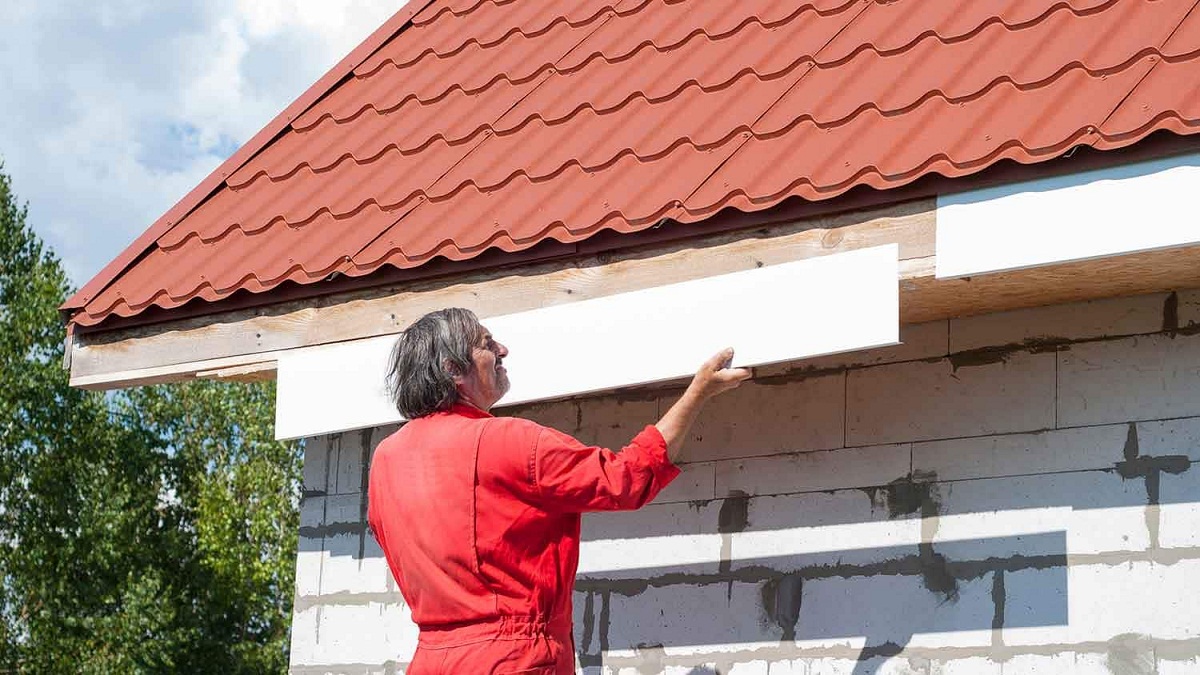
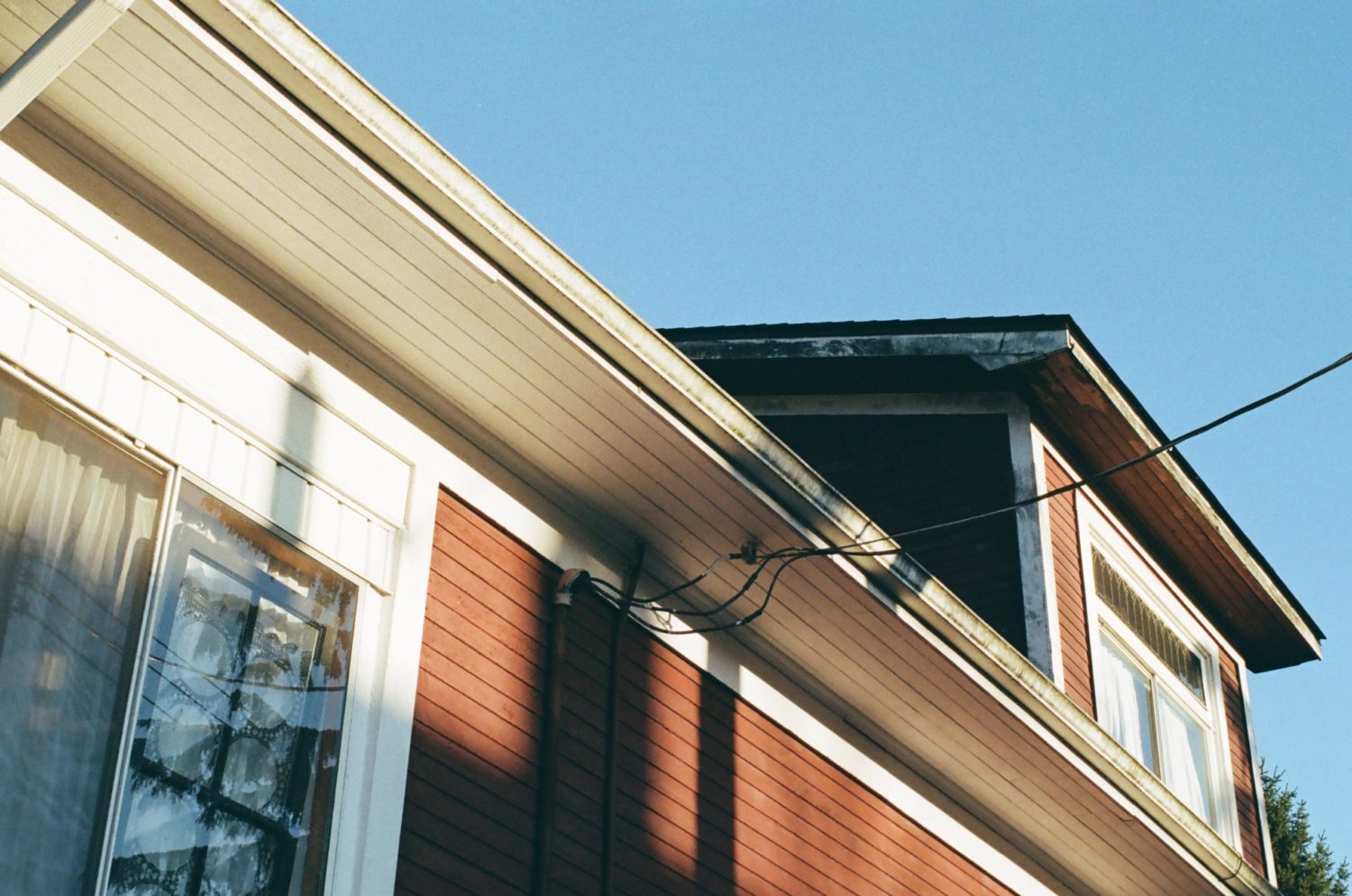


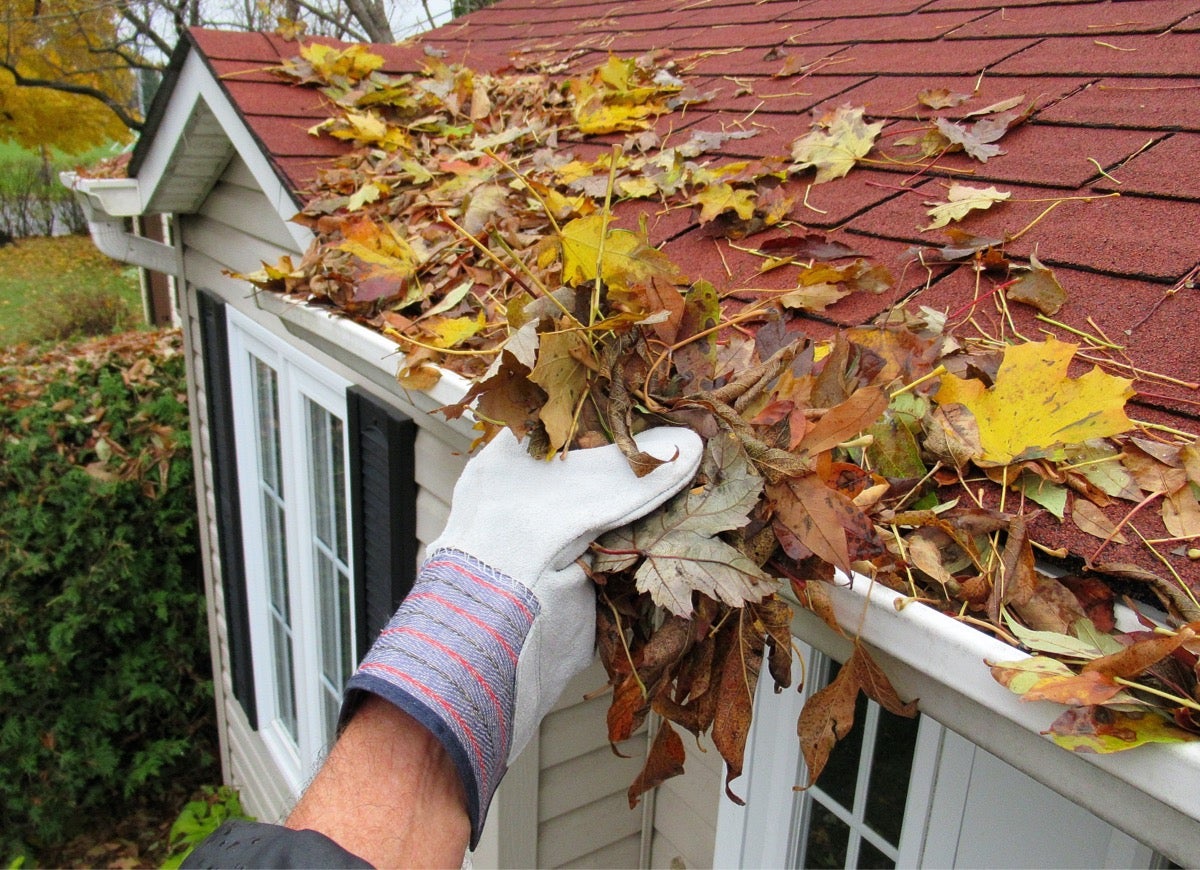
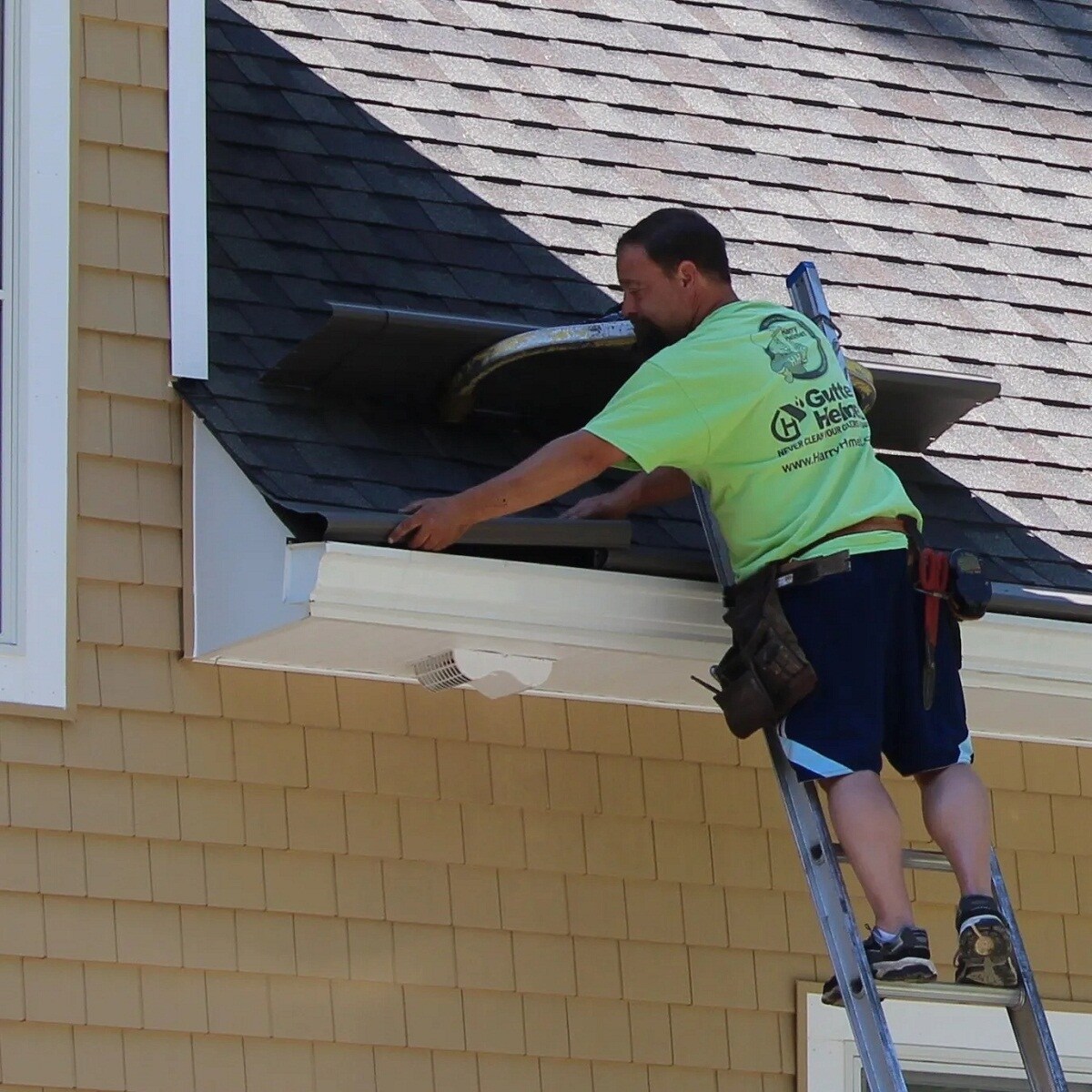
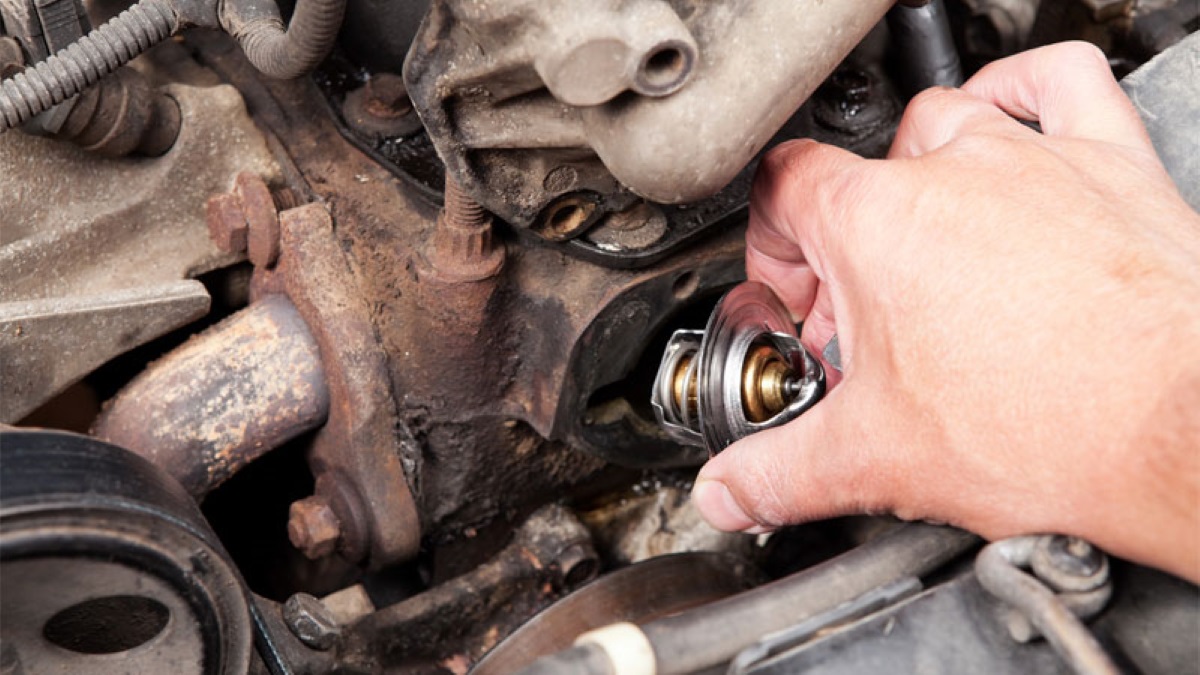
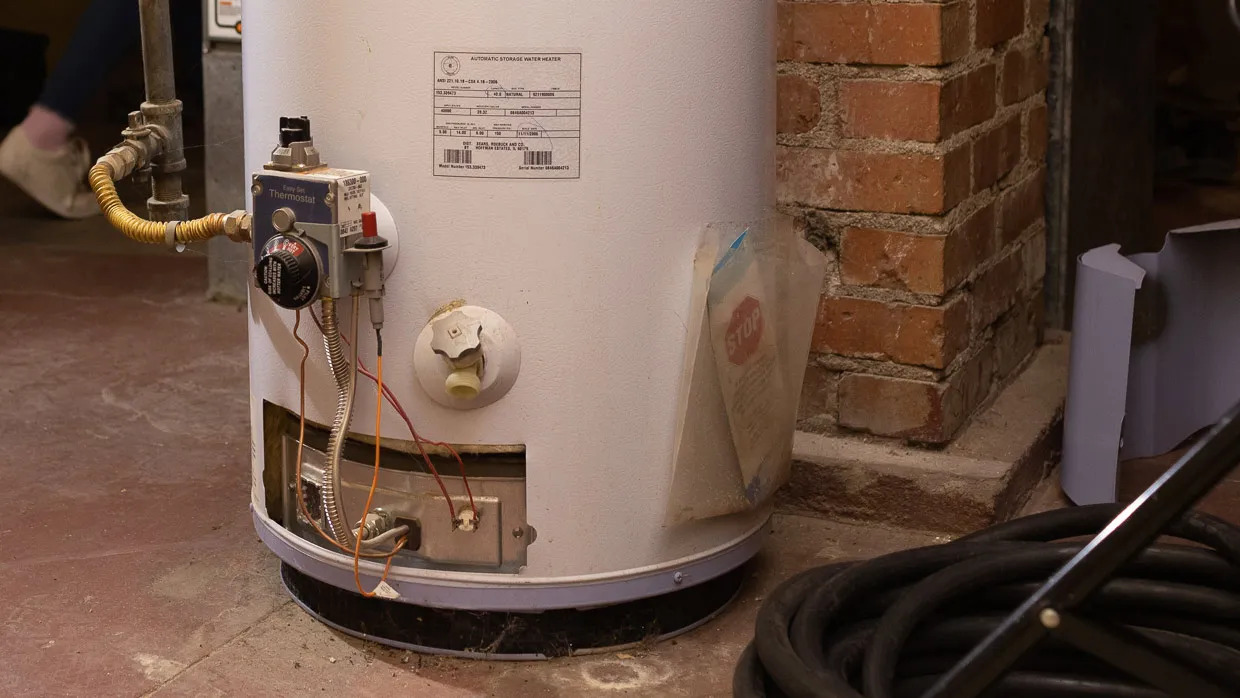
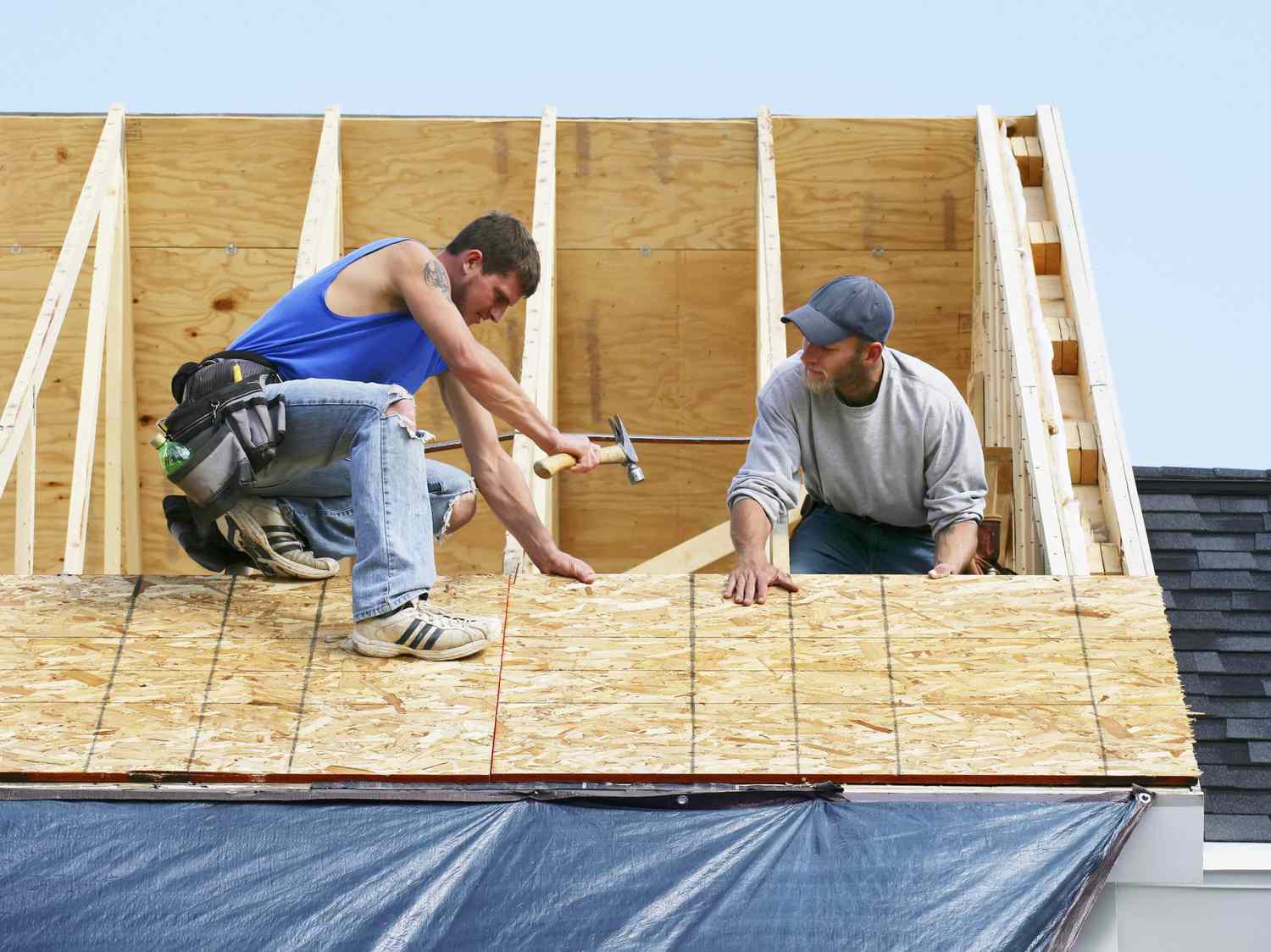
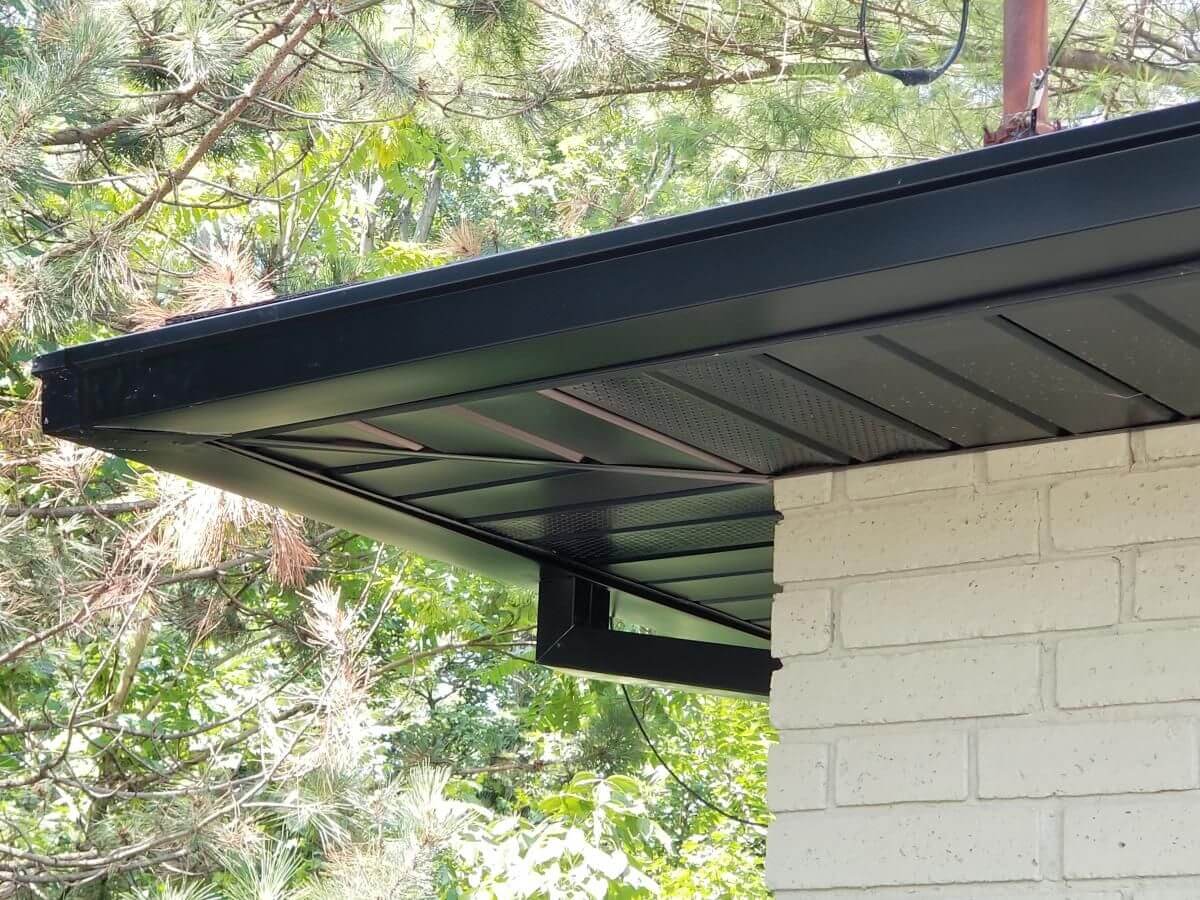
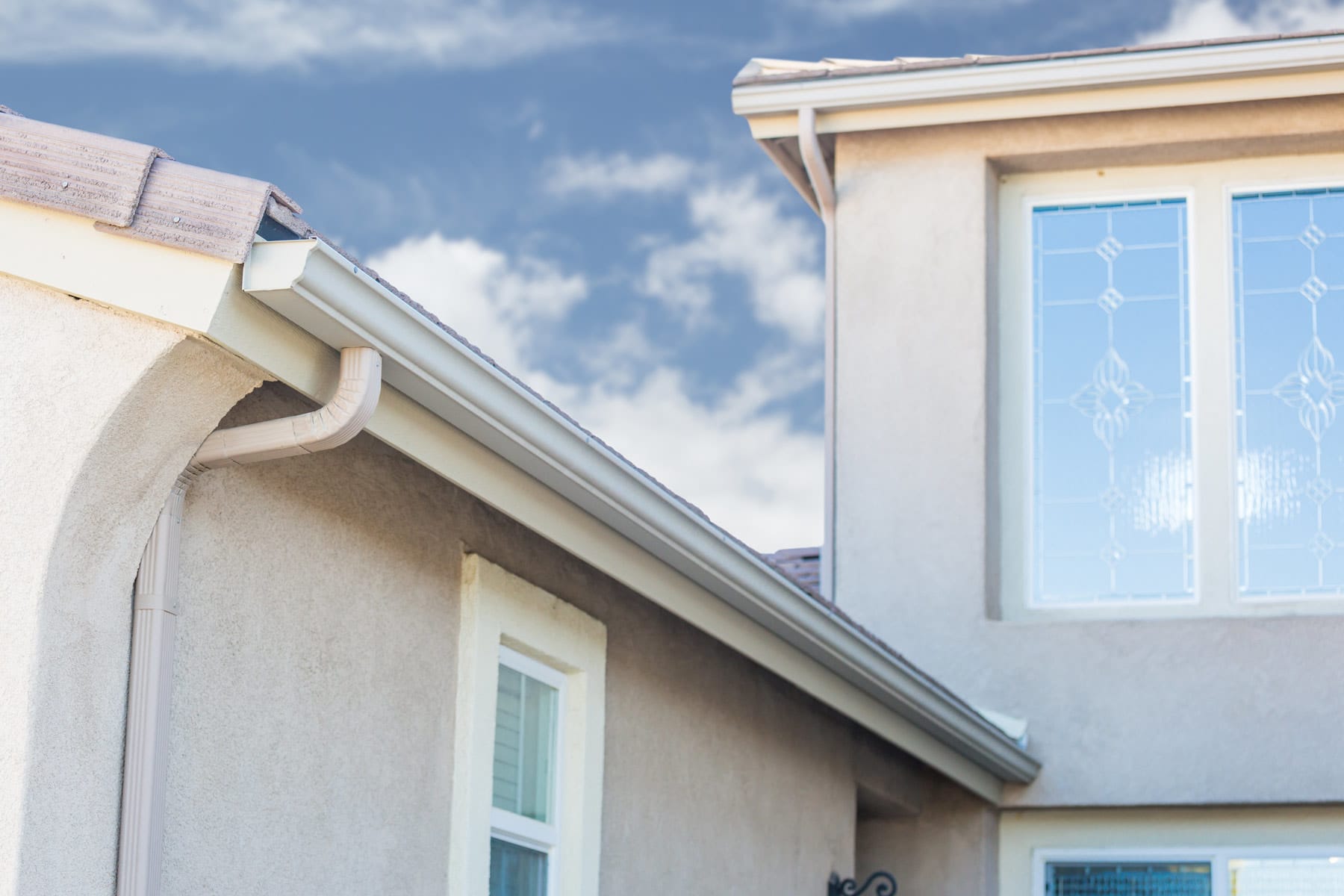
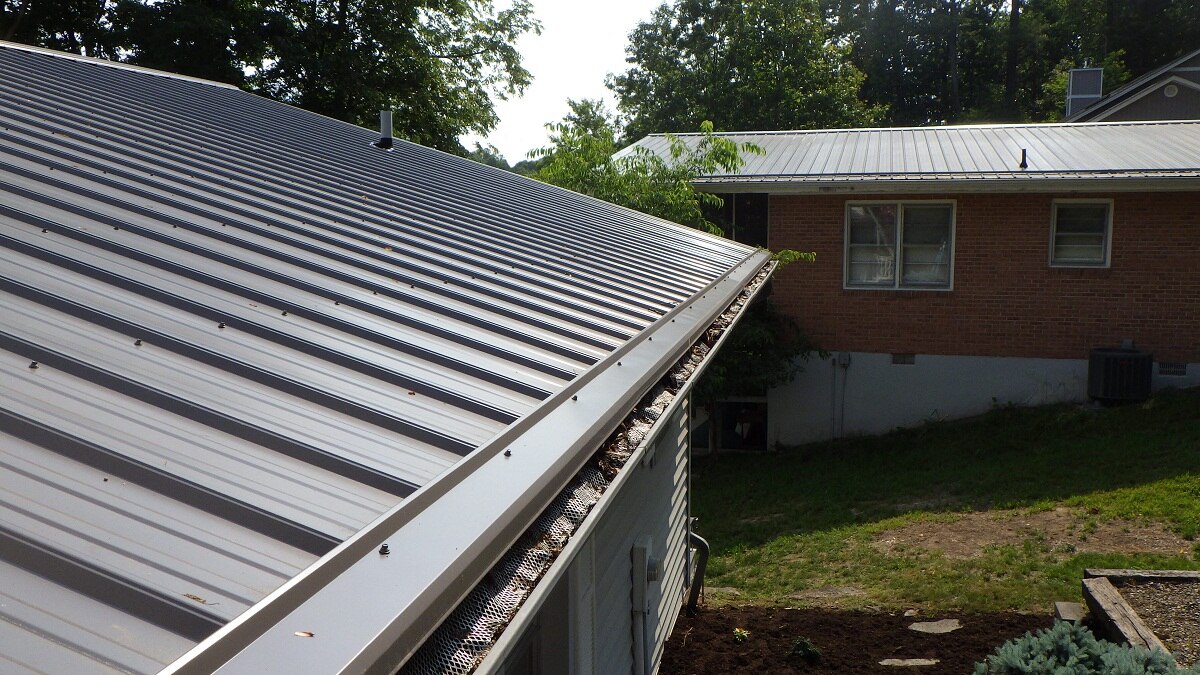
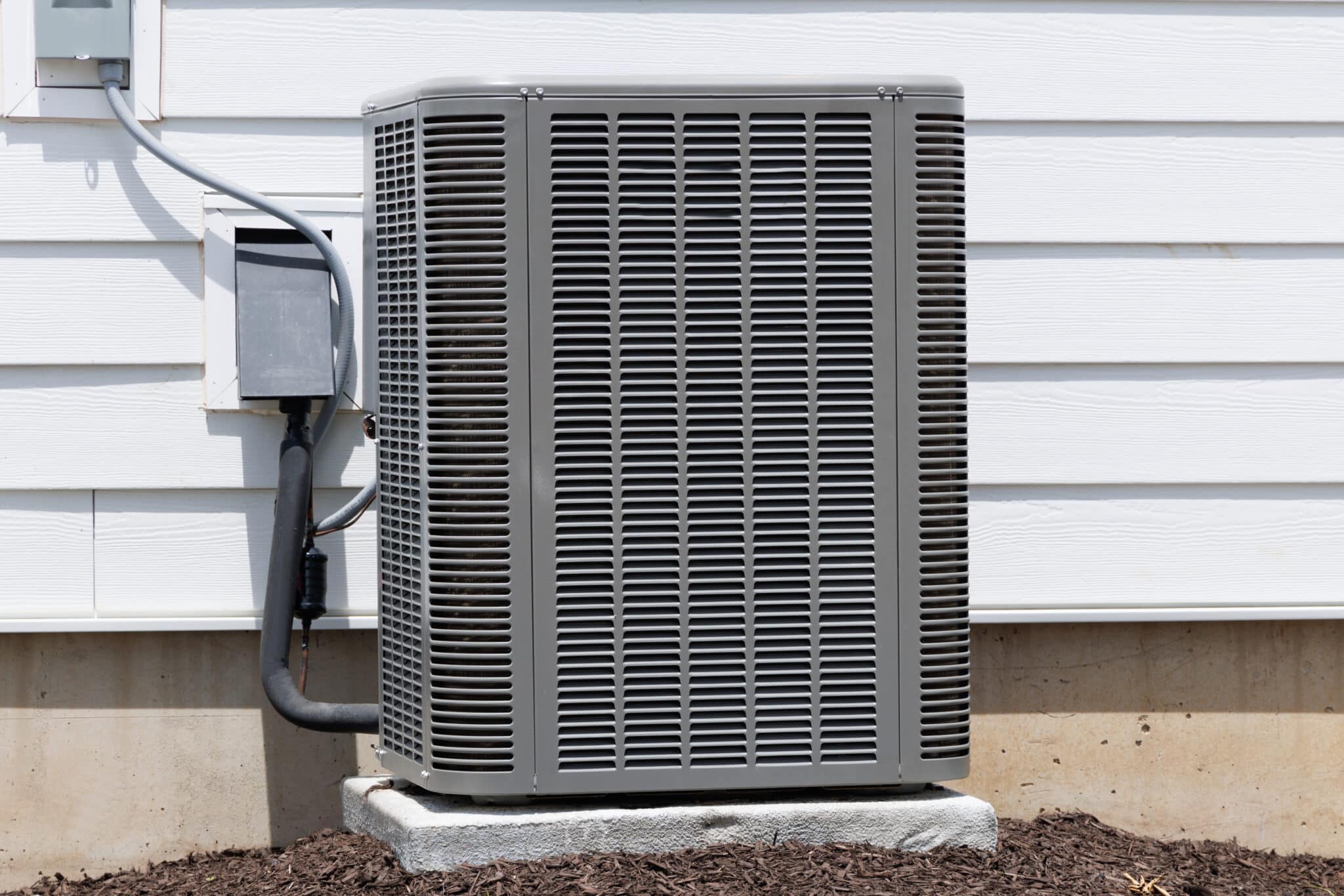
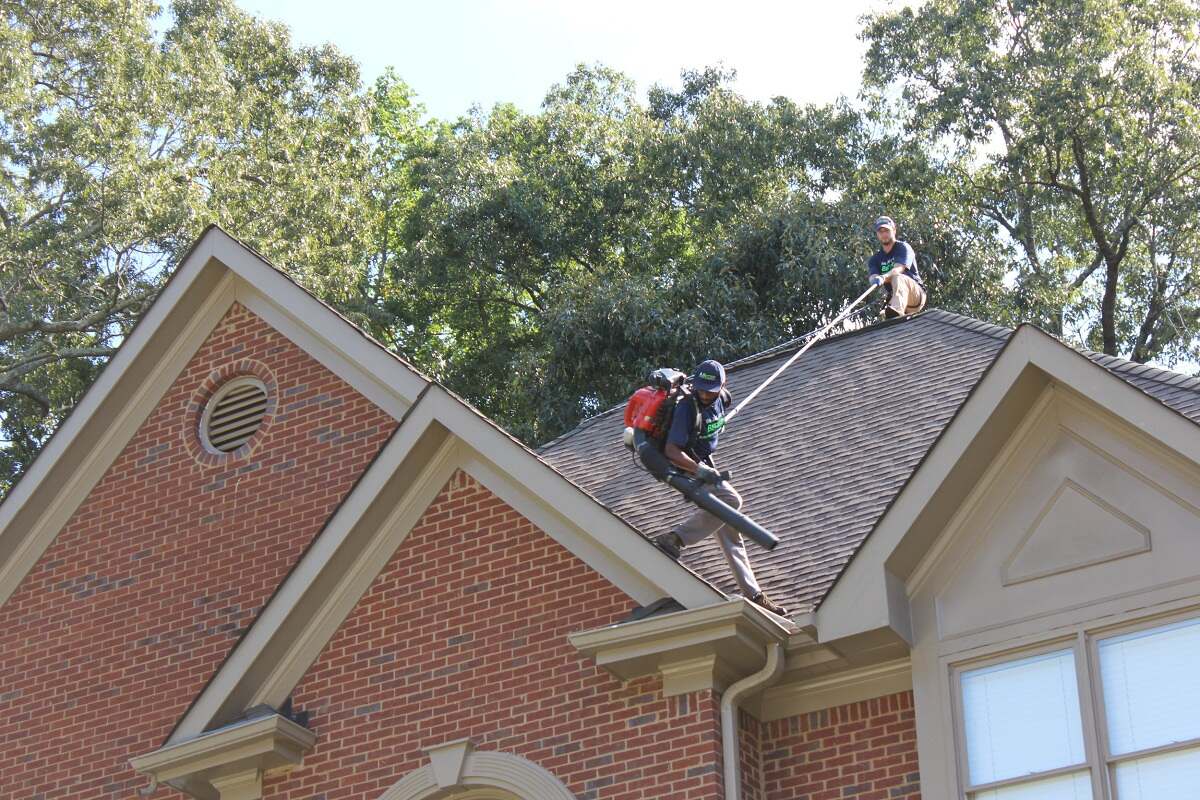

0 thoughts on “Should Gutters Be Removed When Replacing A Roof”